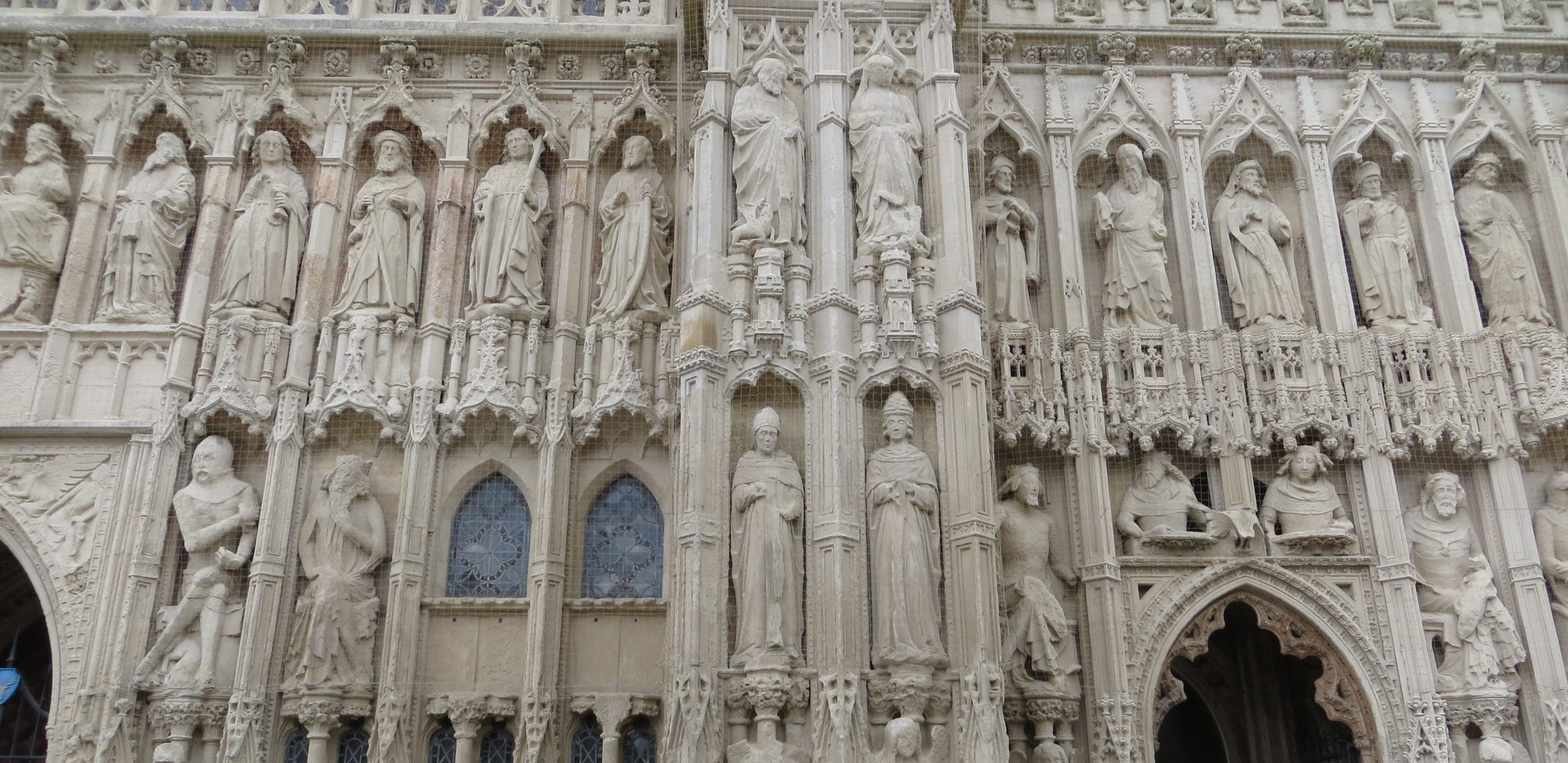In a Lent talk for Radio 4 Canon Jeffrey John, Dean of St Albans, poured scorn on the penal substitution account of the atonement. Jeffrey John, a wonderful communicator, communicated that the Christian Church has been teaching a vicious God. Canon John identifies the appalling doctrine the whole Church has been mistakenly though uniformly teaching from the beginning until now (‘Canon’ means the standard approved by and for the teaching of the Church).
Tom Wright now replies on Fulcrum. He does a very interesting thing. For what seems to me to be the first time Bishop Tom argues from a document of the Church (He does of course argue from documents in the Windsor process, but that is about church order, whilst this is about doctrine). It is a not very impressive but nonetheless very useful little report of the Doctrine Commission entitled The Mystery of Salvation. There is nothing like arguing from documents which have some measure of formal assent from the Church, the doctrine of which you took vows at your ordination to uphold. Failure to uphold that doctrine is to contradict yourself, which no one hurries to do.
The Mystery of Salvation notes that substitutionary atonement is taught in the Thirty-Nine Articles, and that this enshrines ‘a vital truth’, which can best be got at through the language of ‘vicarious’ suffering (p. 212). And, while perfectly properly emphasizing that the ultimate subject of the action in the death of Jesus is God himself (presumably God the Father), the Report notes (p. 213), immediately after the passage quoted from the 1938 Report to which Dr John refers (‘the notion of propotiation as the placating by man of an angry God is definitely unChristian’), that ‘it is nevertheless true that in Paul’s thought the effect of expiation is the same as that of propitiation – to neutralise the sin that is the cause of God’s displeasure and so to avert God’s wrath (however that should be understood).’ While noting the obvious problems with a crude doctrine of propitiation (a loving Jesus placating a malevolent God), the Report goes on to point out (p. 214) that both Athanasius and Augustine, as well as Calvin, spoke in terms of God himself providing the propitiation for his own wrath. The problem of the crude formulation was, in other words, already well known in the Greek and Latin Fathers, and this did not prevent them from continuing to see Jesus’ death in terms of propitiation even while insisting that the work from start to finish was the result of God’s love. Granted, the 1995 Report does scant justice to the history of the idea of substitution, both penal and otherwise, giving the bizarre impression that the idea was merely invented by Anselm and developed by Calvin, as though it were not also to be found in several of the Fathers, a good many of the mediaeval writers, and more or less all the Reformers, not least Martin Luther. But that is only to say that the Report, like all such productions, should not be taken as a definitive account either of what Anglicans are supposed to believe or of what they believe in fact.
We might also note that the 1995 Report had also spoken, earlier, of Jesus as having ‘died our death, sharing our failure, condemnation, despair and godforsakenness’ (p. 103, italics added). Earlier again, and more fully (and answering in a measure to Jenson’s request for the story of the cross to be more biblically rooted), the Report stated:
In going to the cross, Jesus acted out his own version of the total story, according to which Israel, represented by himself, must be the people in and through whom the creator God would deal with the evil of the world and of humankind. The cross, as the execution of Israel’s Messiah outside Jerusalem at the hands of the pagans, was thus the great summation of Israel’s exile, which was itself the fulfilment and completion of the ambbiguous and tragic story of Israel as a whole. At the same time, the cross was the supreme achievement of Israel’s God, returning to Zion as he had promised, to deal with his people’s sins and their consequences.
Tom Wright, Bishop of Durham The Cross and the Caricatures – a response to Robert Jenson, Jeffrey John, and a new volume entitled Pierced for Our Transgressions
It is great to see that this very great (Anglican) biblical scholar, Tom Wright, has caught on to that very great (Lutheran) systematic theologian, Robert Jenson, even so demonstrating how wide the gulf between biblical and dogmatic theologians is.
There is one Anglican systematic theologian who examines the theology of Jenson and Wright in a long conversation about the relationship of biblical studies and doctrine and its implications for the atonement, including even penal substitution. His book is entitled The Eschatological Economy, and you can read the relevant sections on atonement, substitution, sacrifice, representation (‘for us’, ‘in our place’) in its chapters 3 and 4 here at Google Book. I’ll put a copy in the post to Bishop Tom.
